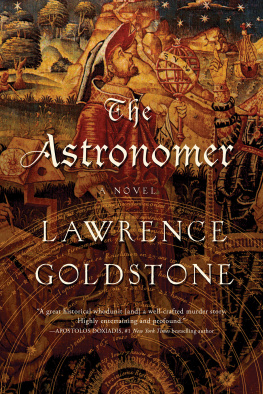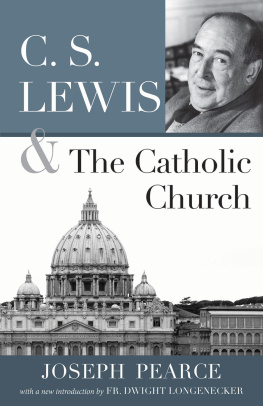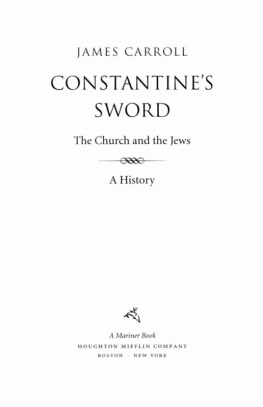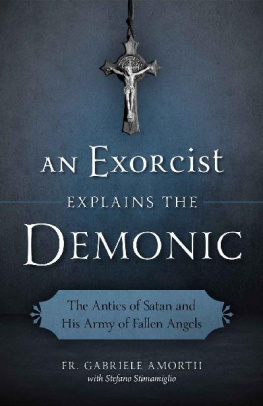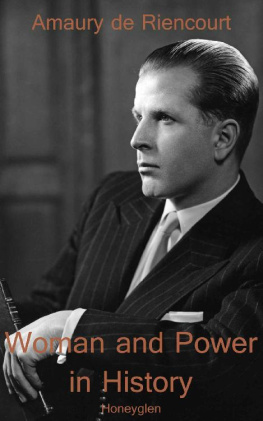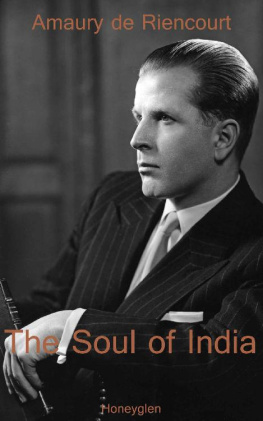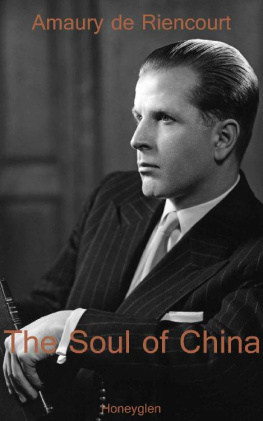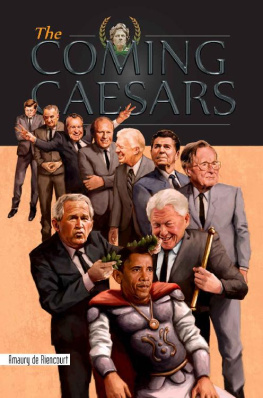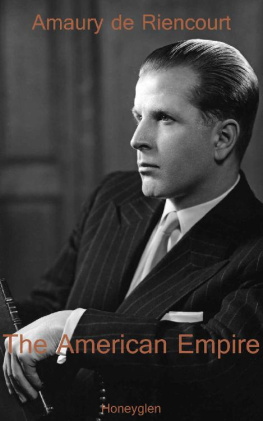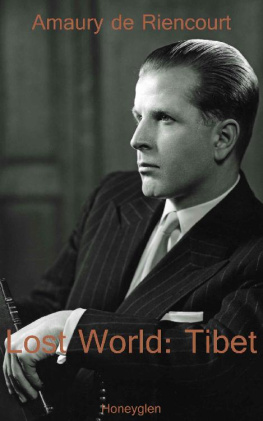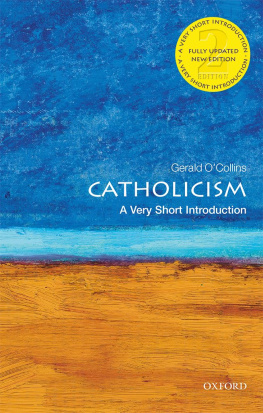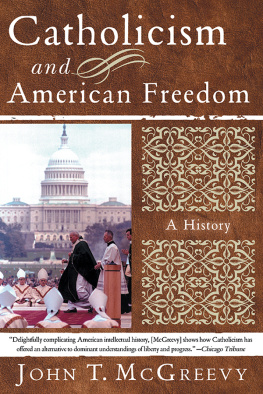
ALSO BY
LAWRENCE GOLDSTONE
NONFICTION
Birdmen
Drive
Going Deep
Dark Bargain
The Activist
Inherently Unequal
FICTION
Anatomy of Deception
Deadly Cure
Authors Note
For some time, Ive wanted to do a book on the impact of Copernican astronomy not on science as much as the fundamental assumptions under which Man and Church interacted in post-Renaissance Europe. The changes wrought by heliocentrism, I believe, led directly to the Enlightenment and the rise of democracy. The reason I chose fiction was I thought it a better vehicle to explore the extremely unsettling nature of the events surrounding the coming of the new science and, of course, to try to spin an entertaining yarn.
Amaury de Faverges is fictional, but the travails of a student at Collge de Montaigu are not. The college itself is precisely as described, both physically and in terms of the conditions under which the students toiled in order to complete the fifteen-year course leading to a theology doctorate. Both Erasmus and Calvin studied at Montaigu, neither staying more than two years. Although I wish I had thought up the line, a Parisian wit did indeed refer to the school as the very cleft between the buttocks of Mother Theology.
Illegitimate sons of high-born fathers were often steered into the Church, and the importance to a noble bastard of receiving a decree of legitimacy from the pope was not overstatedcertainly sufficient motive to undertake a dangerous mission for the Inquisition.
Both Mathieu Ory and Nol Beda were real and drawn accurately from records of their activities. All the incidents attributed to both men, beyond those directly related to the plot, actually occurred. Ory was Inquisitor of France during the period that The Astronomer takes place and was, as far as can be determined, every bit as ruthless and vindictive as described. His network of spies and informers pervaded Paris. Beda was syndic during the period noted and his imprecation against Luther was taken directly from a letter he penned to the king. Beda quite definitely felt himself superior to Franois and once, famously, had a Lutheran noble under the kings protection, Louis de Berquin, burned at the stake while Franois was on a hunting excursion. He was eventually exiled from Paris for his excesses.
Franois I was as describedman-child as king. The anecdote about him substituting his sons as hostage and exulting, I am king again! on his return to France is true, as is his interest in fashion and the beautification of Paris. His dalliance with mistresses was legendary, as was his rivalry with Emperor Charles V. Although I have moved up the Affair of the Placards from October and November 1534 to pace the narrative, the affair did take place and was, in fact, initiated after Franois found one of the placards tacked to his bedroom door in Amboise. After the affair, France was to remain a Catholic country. In 1572, when Protestantism was rising once more, Charles IX ordered another, even bloodier purge, which became known as the Saint Bartholomews Day Massacre, in which four thousand Protestants were slaughtered. Franois indecision as to which religion to embrace for France is accurate. Not devout, at least by the standards of the day, Franois saw the Catholic-Lutheran conflict primarily in political terms.
The geography of Paris is taken from period sources, particularly the Plan de Ble, a remarkably detailed map of the city in the 1530s, produced in 1552 by Olivier Truschet and Germain Hoyau. Every street was delineated, as was every major building. The Louvre is reproduced with the adjacent tower intact, although Franois had the tower demolished in 1527. He would demolish the fortress itself later in the decade and replace it with the beginnings of the stunning palace that now houses the Mona Lisa (which Franois had brought to Paris as a spoil of war, along with Leonardo).
Marguerite of Navarre is also as described, as is her enlightened court at her palace in Nrac. She sheltered Protestants, including Gerard Roussel, and Frances greatest writers, artists, and thinkersincluding Rabelaiswere welcome in her court. After a son died in infancy, she dressed simply and always wore black.
Although Johan Liebfreund is fictional, the riot in Basel was as described, as was the role of Oecolampadius in inciting the mob. Many were killed and houses and churches were burned in the conflagration. Erasmus, although having long since left the city, wrote scathingly both of the incident and his old assistants role in stoking the ire of the mob.
Jean Calvin is also as described, and in 1534 did sneak back into Paris for a theological debate only to have his opponent, Michael Servetus, not show up. It caused enmity between the two and was a factor in Servetus being burned at the stake in Geneva in 1553.
Copernicuss rooms at the castle at Frauenburg (now Frombork), on the Baltic in northern Poland, were drawn from photographs and descriptions from the Copernicus Museum.
The triquetrum was a commonly used astronomical instrument of the period, although opinion differs as to whether or not one was employed by Copernicus. The two diagrams that give Amaury the clue to the puzzle are taken respectively from De revolutionibus and the Almagest.
Copernicus, of course, finally did agree to publish De revolutionibus in 1543, the year he died. The finished book was brought to his bedside just hours before his death by his assistant, Georg Rheticus, but whether or not Copernicus could appreciate the volume is unknown. By then he was only semiconscious and nearly blind.
The impact of heliocentrism was, of course, both scientifically and theologically immense. Giordano Bruno was burned at the stake for it, and Galileo was forced before the Inquisition for espousing the theory. But in the end science could not be suppressed. As Amaury came to understand, the progression of knowledge is inexorable.
THE ASTRONOMER
Pegasus Books Ltd
148 West 37th Street, 13th Floor
New York, NY 10018
Copyright 2017 by Lawrence Goldstone
First Pegasus Books hardcover edition November 2017
All rights reserved. No part of this book may be reproduced in whole or in part
without written permission from the publisher, except by reviewers who may quote
brief excerpts in connection with a review in a newspaper, magazine, or electronic
publication; nor may any part of this book be reproduced, stored in a retrieval system,
or transmitted in any form or by any means electronic, mechanical, photocopying,
recording, or other, without written permission from the publisher.
ISBN: 978-1-68177-551-7
ISBN: 978-1-68177-603-3 (e-book)
Distributed by W. W. Norton & Company, Inc.
Historical Note
February 1, 1534
Seventeen years have passed since an obscure German mon\ named Martin Luther posted his Ninety-five Theses on the door of a Wittenberg church. His denunciation of Catholic excess has spawned a new religion, which has spread across Europe, challenging the old order. Theology has spilled over into politics, with wars of territory fought in the name of Catholics or Reformers. Franois I, fing of France, is pivotal in the struggle for the soul of Europe but dallies in his religious commitment, more concerned with defeating his nemesis, the Holy Roman Emperor Charles V. England's Henry VIII, while capturing the popular imagination with his marital intrigues, is but a secondary player in the overall drama.
In science, new learning on all fronts threatens to overwhelm dogma. Traditional, Church-approved theories of geography, anatomy, medicine, chemistry, and especially astronomy are all under intense pressure from men who insist that human knowledge is separate from the Church.
Next page
